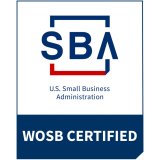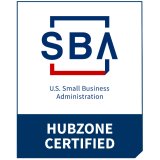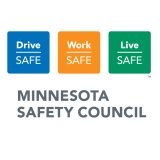Tracking Occupational Hearing Loss
In 2009, the National Institute for Occupational Safety and Health (NIOSH) began an ambitious program to develop and maintain a national surveillance system for tracking hearing loss among occupational workers. The Occupational Hearing Loss (OHL) Surveillance Project uses a novel approach for data collection by partnering with audiometric service providers and other outside parties to collect worker audiograms. To date, NIOSH has partnered with 18 data providers and collected 9 million hearing tests for noise-exposed workers.
Project director Elizabeth Masterson, PhD, CPH, COHC explains the program: "To prevent more workers from losing their hearing, we need to know the size of the problem, identify the workers most at risk, and monitor trends in worker hearing loss for improvement." The OHL Project is longitudinal by design, continuing to collect hearing tests and recruit new data providers on an ongoing basis. An initial analysis of the OHL database revealed that 18% of noise-exposed workers had some form of hearing loss (results outside the normal range of hearing). Not unexpected, the prevalence of hearing loss was higher, 24% or more, within the Mining, Construction and Manufacturing industries. An analysis of significant changes (shifts) in hearing showed that 6% of workers sampled from the database had experienced a significant change in hearing, an OSHA Standard Threshold Shift (STS, age-adjusted). The number climbed to 14% for the group if STS age-adjustments were not considered. Higher still was the rate of shifts in hearing according to a more conservative NIOSH-recommended criterion: 20% of workers.
For more information on procedures, statistics, publications, and data provider partnerships, visit the OHL Surveillance Project website. Additional references:
Masterson, et al. (2014). Prevalence of workers with shifts in hearing by industry: a comparison of OSHA and NIOSH hearing shift criteria. Journal of Occupational & Environmental Medicine, 56(4), 446-455.
Masterson, et al. (2013). Prevalence of hearing loss in the United States by industry. American Journal of Industrial Medicine, 56(6), 670-681.
| Categories: | Hearing & Hearing Loss, Hearing Conservation Programs |





